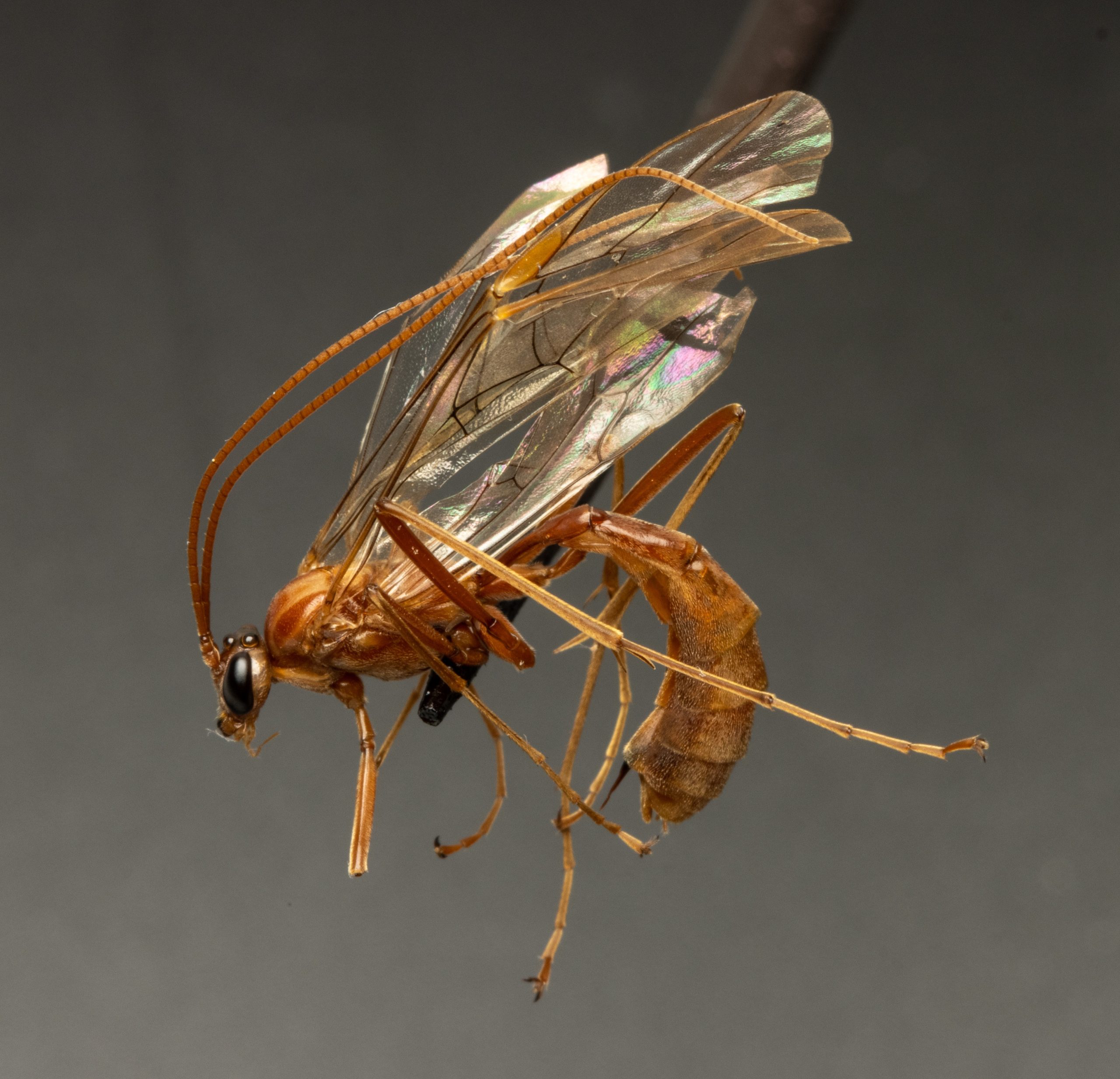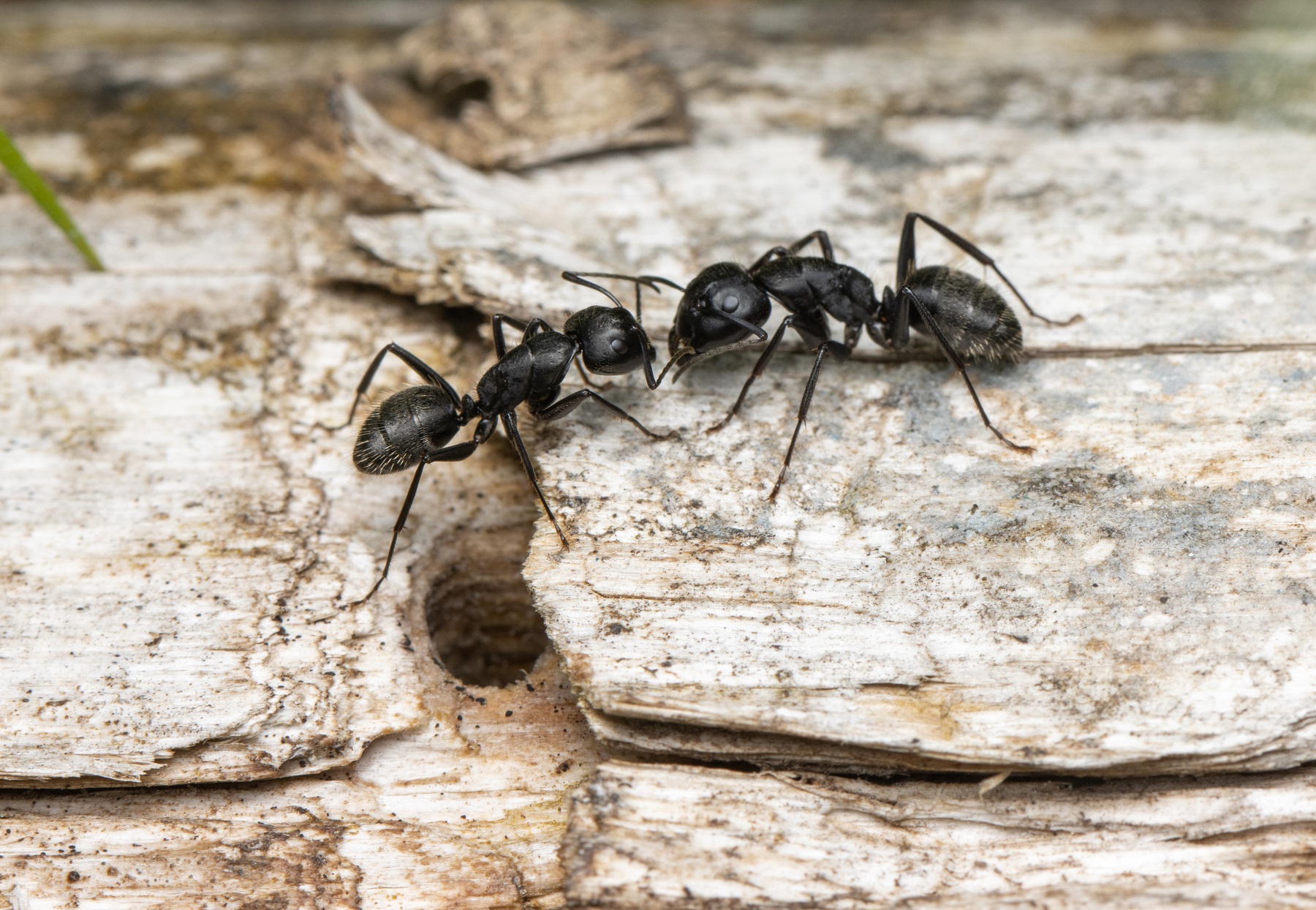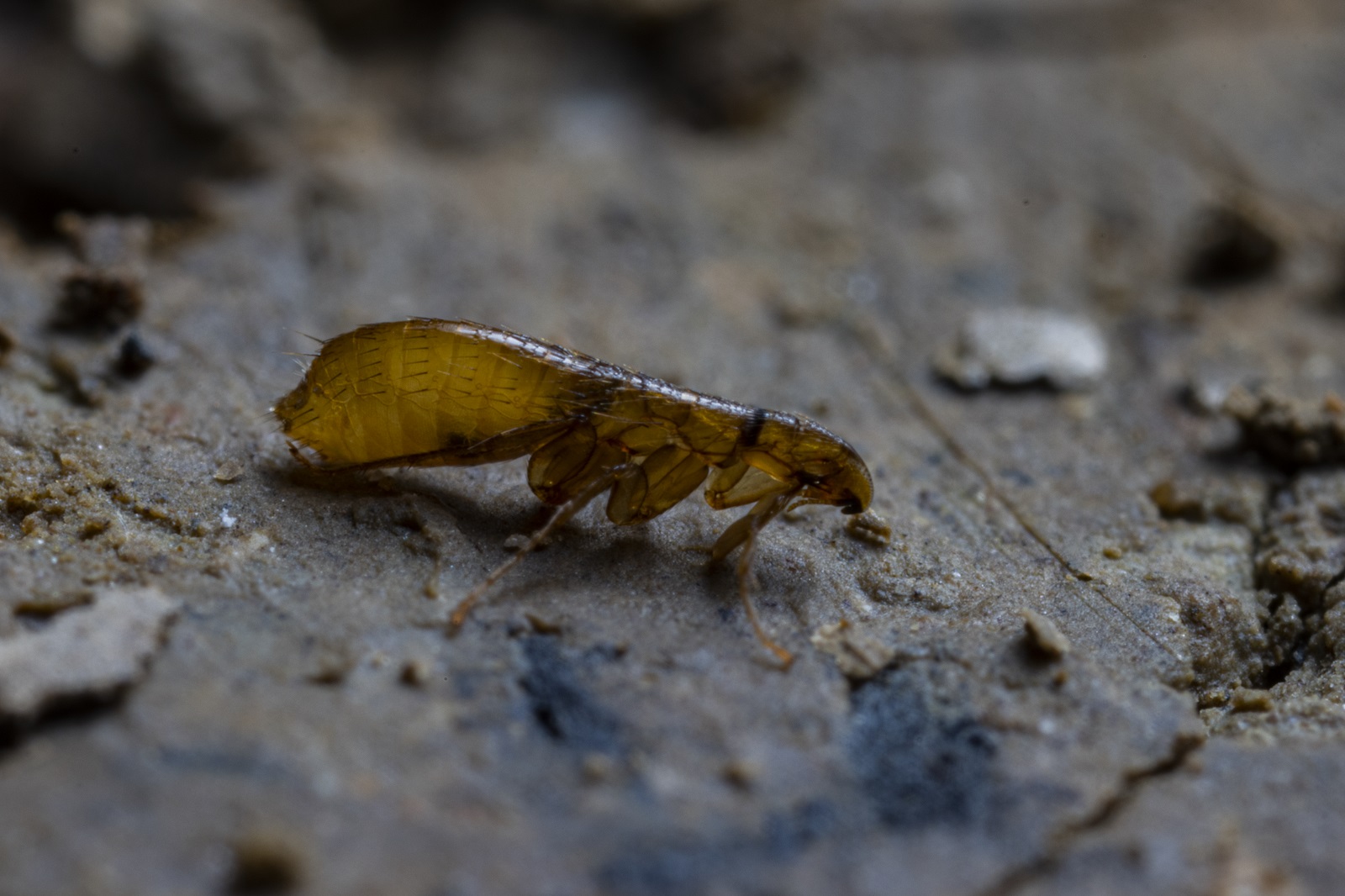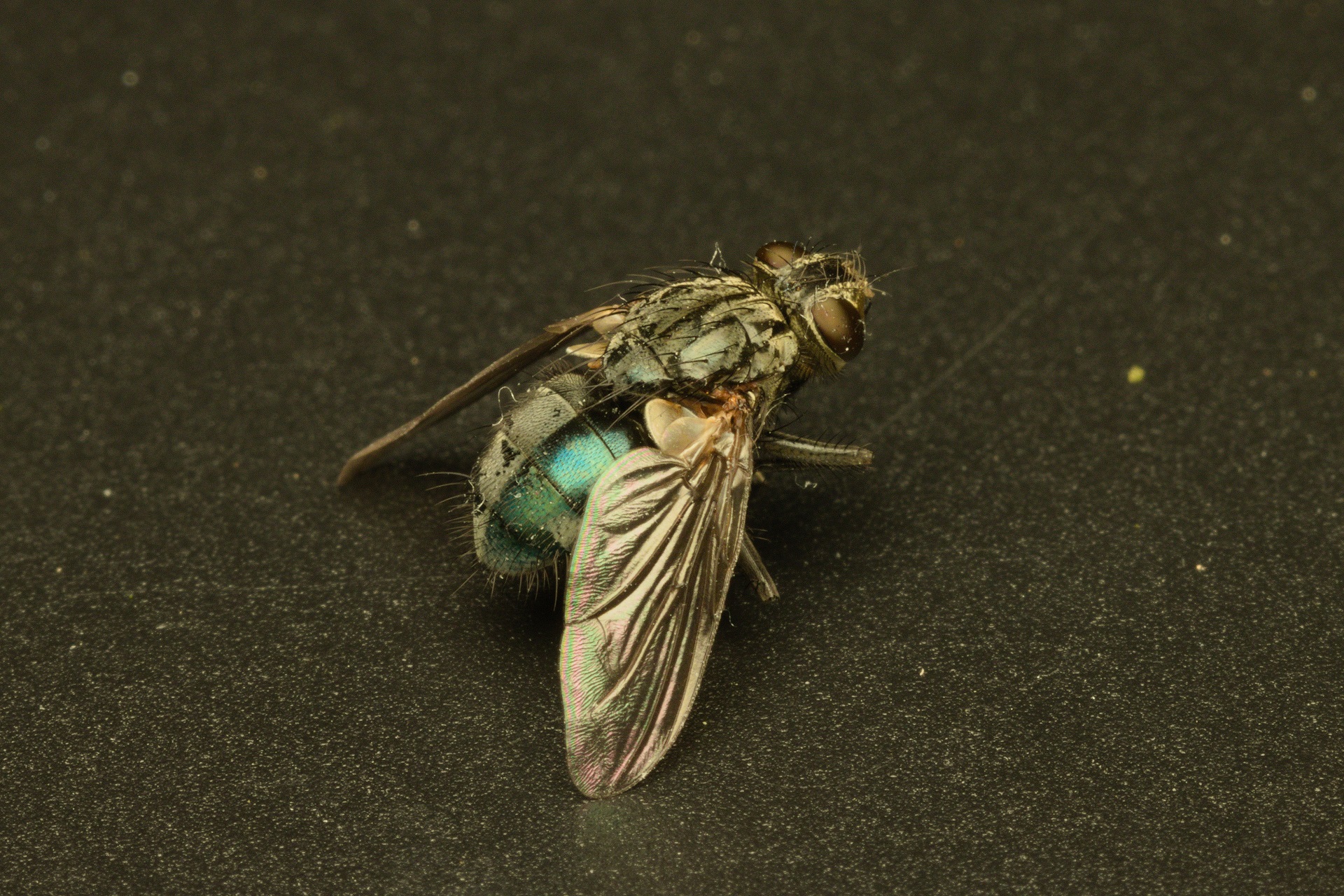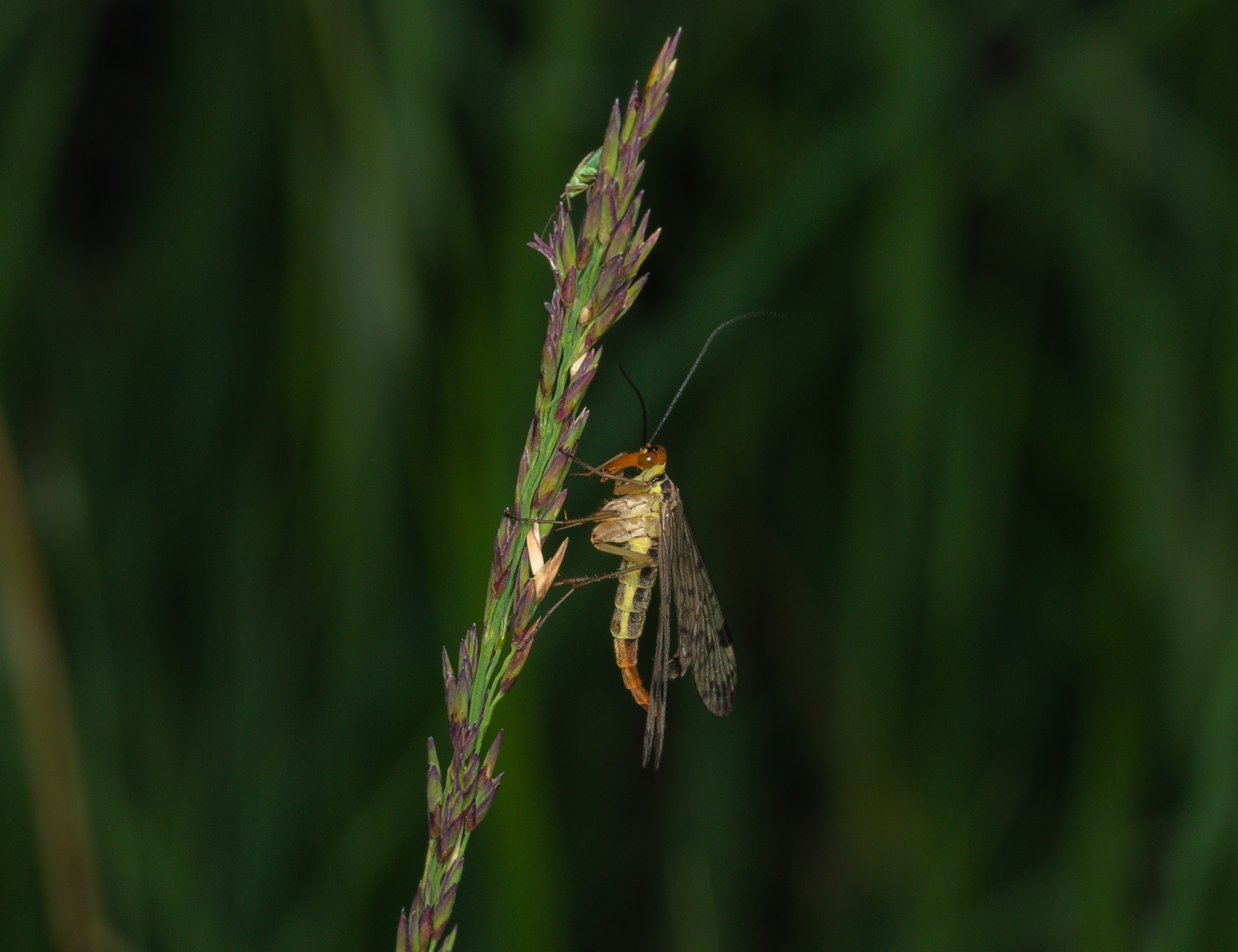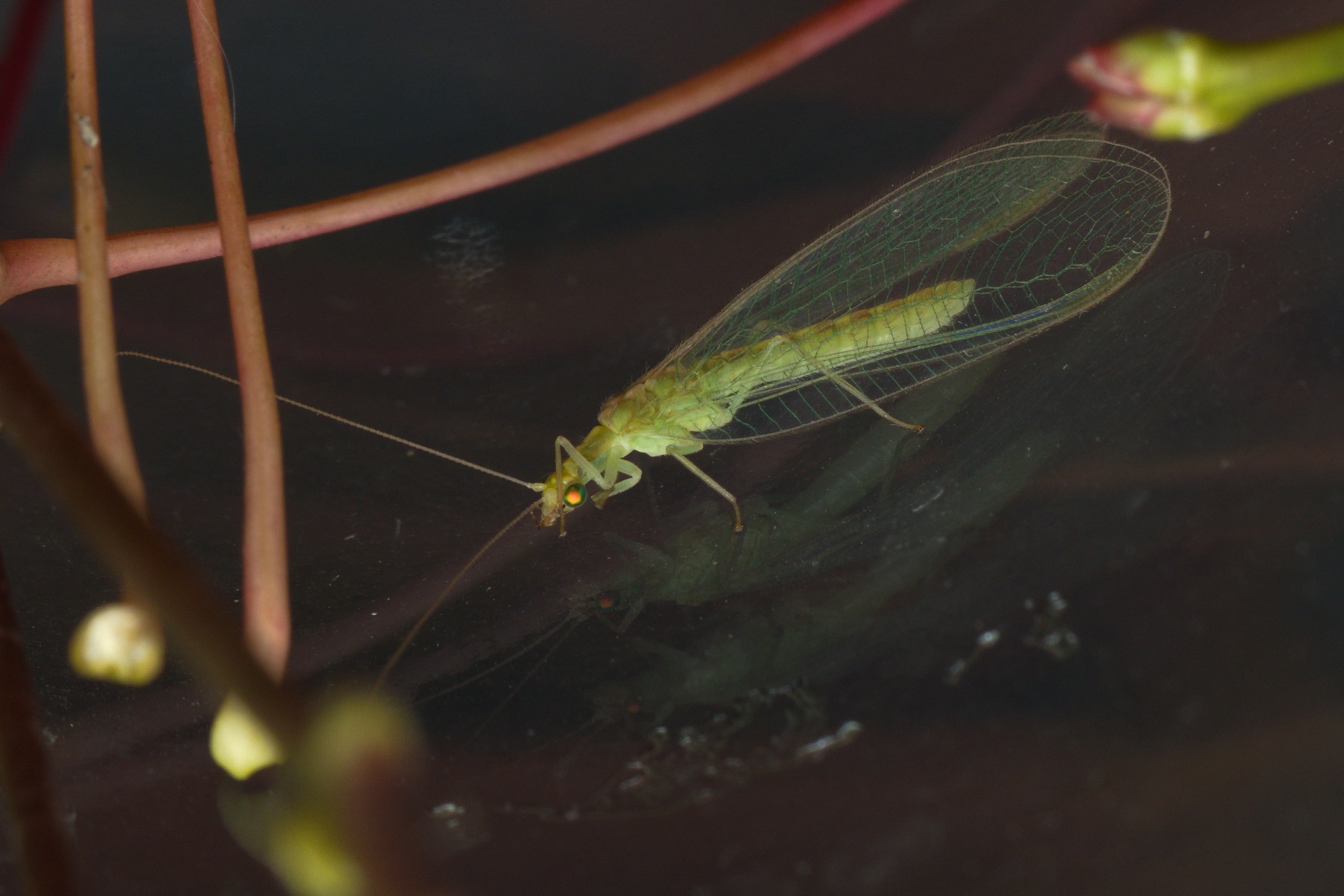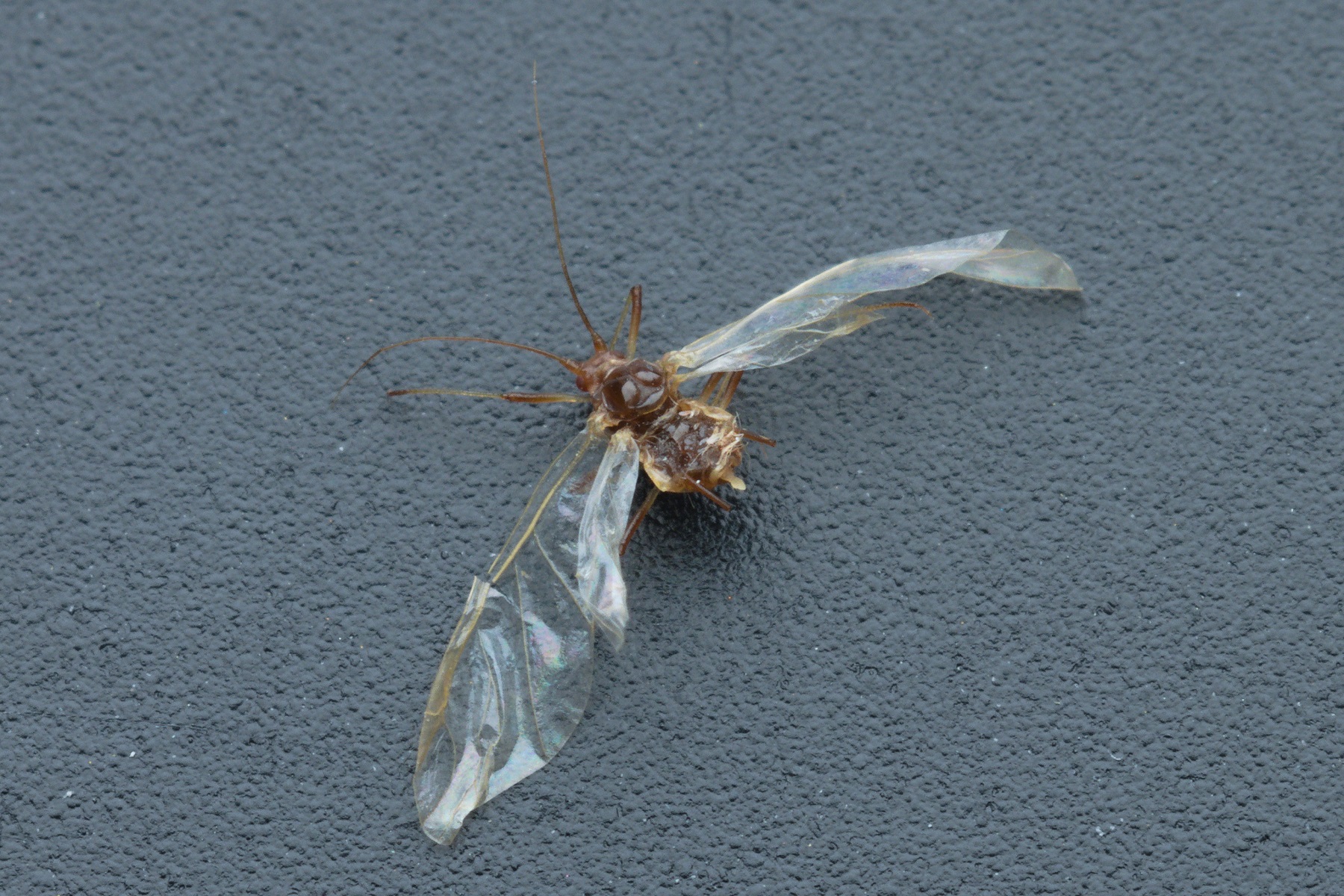Lestes
Description
Spreadwings belong to the suborder of damselflies (Zygoptera). They are characterised by having two pairs of equally sized, densely veined, membranous wings. Near the tip of both wings, is a distinct, rectangularly shaped pterostigma — a darkened and thickened cell of the wing. While resting, they hold their wings either upright over the body or spread at a 45º angle.
Their head is narrow, with widely spaced eyes and short, pointed antennae. The mouthparts are strong and adapted for chewing, enabling them to grasp and consume prey. Both the thorax and the slender abdomen are predominantly metallic green. The average body length ranges between 4 and 5 cm. Males have long, curved abdominal appendages used to grasp the female during mating.
Biology
Around 80 species of spreadwings are known, and they inhabit all continents except Antarctica. Most species are associated with still or slow-flowing freshwater habitats, where their predatory larvae live. The developmental stages of these insects are typically resistant to drying out, allowing them to survive in bodies of water that occasionally dry up. Females lay their eggs in the tissues of waterside vegetation, and sometimes even in the bark of branches overhanging the water.
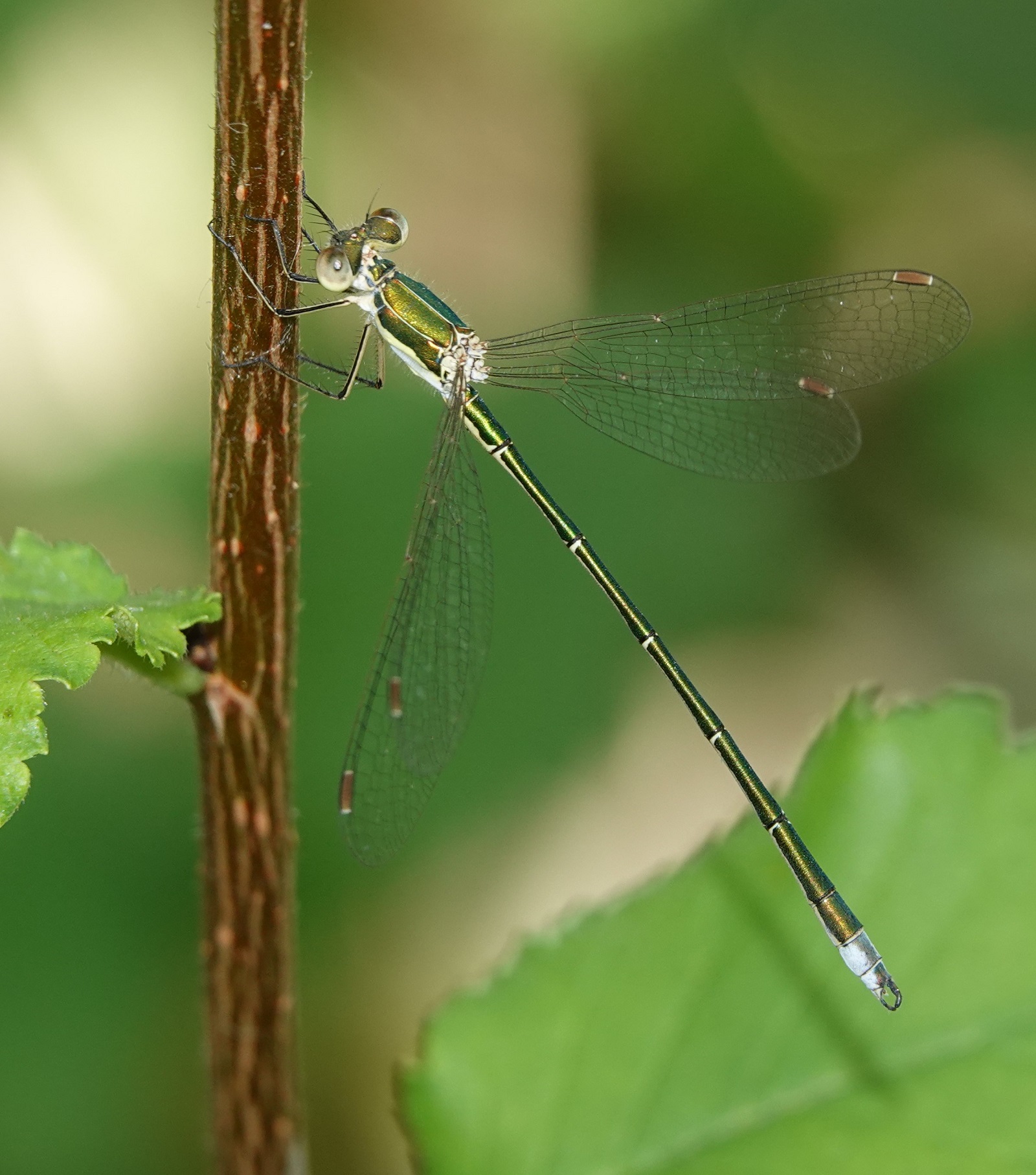
Sorodni členonožci

Authors
- Urban Bogataj,
- Gregor Bračko,
- Teo Delič,
- Cene Fišer,
- Žiga Fišer,
- Rok Kostanjšek,
- Rudi Verovnik,
- Miloš Vittori,
- Valerija Zakšek.
Students Vito Ham, Vesna Jurjevič, Gaj Kušar, and Adrijan Samuel Stell Pičman also participated in the project.
